
THE
NO
GLUTEN
Cookbook Delicious recipes to make your mouth water... all gluten-free!
Series Editor: Kimberly A. Tessmer, R.D., L.D.
 Copyright 2007, F+W Publications, Inc.
Copyright 2007, F+W Publications, Inc.
All rights reserved. This book, or parts thereof, may not be reproduced
in any form without permission from the publisher; exceptions are made
for brief excerpts used in published reviews. Published by
Adams Media,
an F+W Publications Company
57 Littlefield Street
Avon, MA 02322
www.adamsmedia.com ISBN 10: 1-59869-089-2
ISBN 13: 978-1-59869-089-7
eISBN: 978-1-44051-732-7 Printed in the United States of America.
J I H G F E D C B A
Library of Congress Cataloging-in-Publication Data
The no-gluten cookbook.
p. cm.
ISBN-13: 978-1-59869-089-7
ISBN-10: 1-59869-089-2
1.
Gluten-free dietRecipes. 2. Wheat-free dietRecipes. I. Adams Media
RM237.87.N644 2006
641.5638dc22
2006028204 This publication is designed to provide accurate and authoritative information with regard to the subject matter covered. It is sold with the understanding that the publisher is not engaged in rendering legal, accounting, or other professional advice.
If legal advice or other expert assistance is required, the services of a competent professional person should be sought. From a Declaration of Principles jointly adopted by a Committee of the American Bar
Association and a Committee of Publishers and Associations Many of the designations used by manufacturers and sellers to distinguish their product are claimed as trademarks. Where those designations appear in this book and Adams Media was aware of a trademark claim, the designations have been printed with initial capital letters. Contains portions of material adapted or abridged from The EverythingGluten-Free Cookbook by Nancy T. Maar and Rick Marx, 2005, F+W Publications, Inc. The No-Gluten Cookbook is intended as a reference volume only, not as a medical manual.
In light of the complex, individual, and specific nature of heath problems, this book is not intended to replace professional medical advice. The ideas, procedures, and suggestions in this book are intended to supplement, not replace, the advice of a trained medical professional. Consult your physician before adopting the suggestions in this book. The author and publisher disclaim any liability arising directly or indirectly from the use of this book. This book is available at quantity discounts for bulk purchases.
For information, please call 1-800-289-0963. Introduction The world of gluten-free foods can be perplexing to say the least! For people with celiac disease and other conditions that require a gluten-free diet, following this daily eating regime is crucial to preventing complications and serious symptoms associated with the condition. In todays world of glutenladen foods there can be potential threats at every turn, including your own kitchen.
Each ingredient and product consumed needs to be closely scrutinized and analyzed for any trace of gluten (barley, rye, oats, and wheat), which means learning to properly interpret food labels. To complicate matters even more, there is a long list of hidden and unfamiliar ingredients used in foods that can contain gluten even though their name may not make it obvious. The good news is that there are plenty of tasty and healthy alternative foods and ingredients that are perfectly safe to use on a gluten-free diet. The key to getting started is acquiring essential education from a health professional such as a dietitian and stocking your kitchen with safe foods and helpful cookbooks. New food options are becoming more readily available and more easily accessible every day as manufacturers realize the increased need for gluten-free products. The Internet has become an outlet to purchase specialized foods as well as a way to obtain information and support.
It is extremely important to note that manufacturers often change ingredients or suppliers for their food products, so carefully reading labels on a regular basis and contacting companies if youre in doubt is essential to ensuring that the foods you eat remain gluten-free. You can never let your guard down when following a gluten-free diet. However, the process becomes easier as you learn how to interpret information and to take control of your life. The No-Gluten Cookbook is an easy-to-use guide to include in your arsenal of information to help make your life a little easier and a lot tastier! Important Note: Many foods within this cookbook are marked GF (gluten-free). The ingredients of these foods must be analyzed by brand to ensure they are gluten-free. All companies create different versions of different foods, so you need to check labels carefully and never assume that a food is gluten-free.
It is a smart idea to get in the habit of checking all foods, whether you know they are gluten-free or not, including those within each recipe of this book. Happy Cooking! UnderstandingGluten-Free Diets andCooking
chapter one I s a gluten-free (GF) diet important for your lifestyle? If you have a food allergy or the autoimmune disorder known as celiac disease, it may be important for you to take charge of your life and begin a new food regimen. Most people dont know about gluten-free diets until they are told they need to be on them! What Is a Gluten Disorder? About 1 in 133 people suffer from celiac disease, and health organizations say 2 percent to 2.5 percent of the general population suffer from a food allergyor between 6 million and 7 million Americans. The difference between a food allergy and celiac disease is that the latter, also known as celiac sprue, is an autoimmune disorder, like diabetes. Unlike other autoimmune diseases, however, physicians know the trigger for celiac disease: gluten, which provokes an immune response that causes the body to attack itself. Two key components come into play in celiac disease: genes and environmental factors.
Celiac disease is an intestinal disorder caused by the intolerance of some individuals to gluten, a protein in wheat, rye, barley, and some other grains. Gluten irritates the intestinal lining, interfering with the absorption of nutrients and water. Unlike certain food allergies, celiac disease is not grown out of, and those with the disease must maintain constant vigilance to keep their diet gluten-free. Untreated, the disease can lead to severe complications and potential long-term illness. The disease is permanent, and damage to the small intestine will occur every time gluten is consumed, regardless of whether symptoms are present. Reactions among people who suffer from this disease vary, but they are inevitable.
The only treatment is strict adherence to a 100 percent gluten-free diet. Maintaining a healthy gluten-free lifestyle involves eating a well-balanced, gluten-free diet that is high in protein and normal in fats. Common nutrient shortages among people with celiac disease include deficiencies in calcium; the vitamin B complex; and vitamins A, C, D, K, and E. It is important for the celiac to eat a carefully balanced diet to ensure that he or she is getting all the vitamins the body needs. So, What Can I Eat? The gluten-free diet involves totally eliminating the ingestion of all items containing the proteins found in wheat, rye, barley, and the many related grains. Before you turn to a gluten-free diet, make sure you see your physician and determine if eliminating gluten is right for you.
Next page
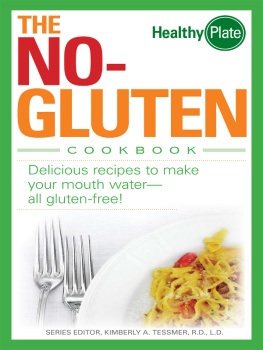
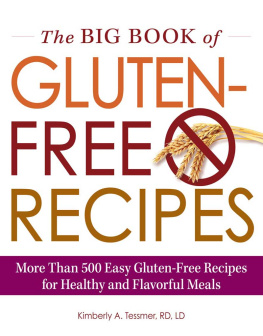
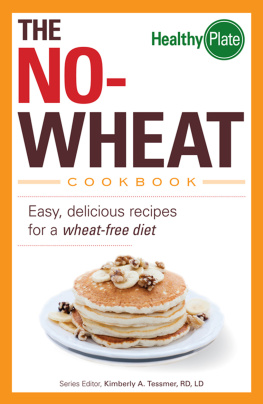
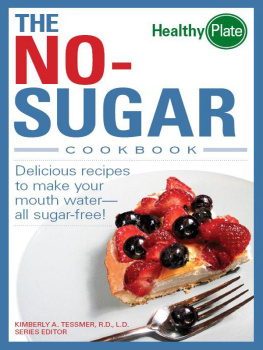
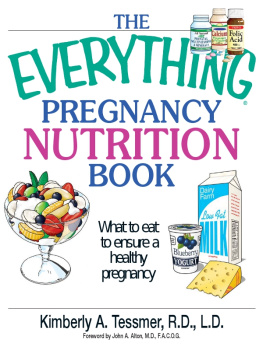

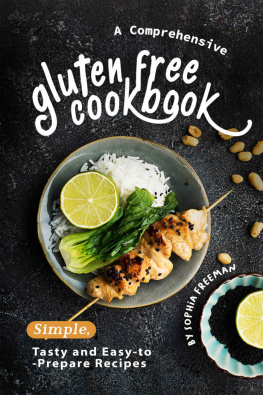
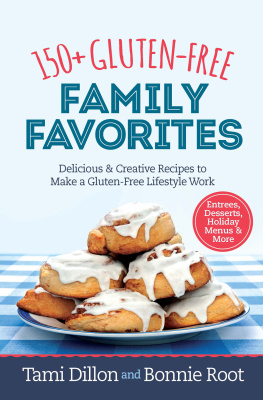


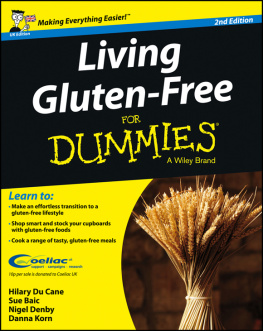
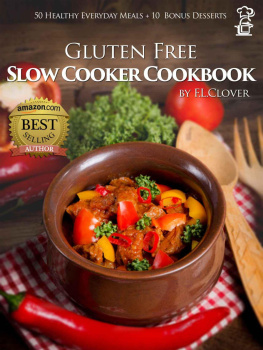
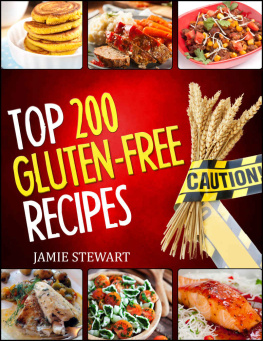

 Copyright 2007, F+W Publications, Inc.
Copyright 2007, F+W Publications, Inc.